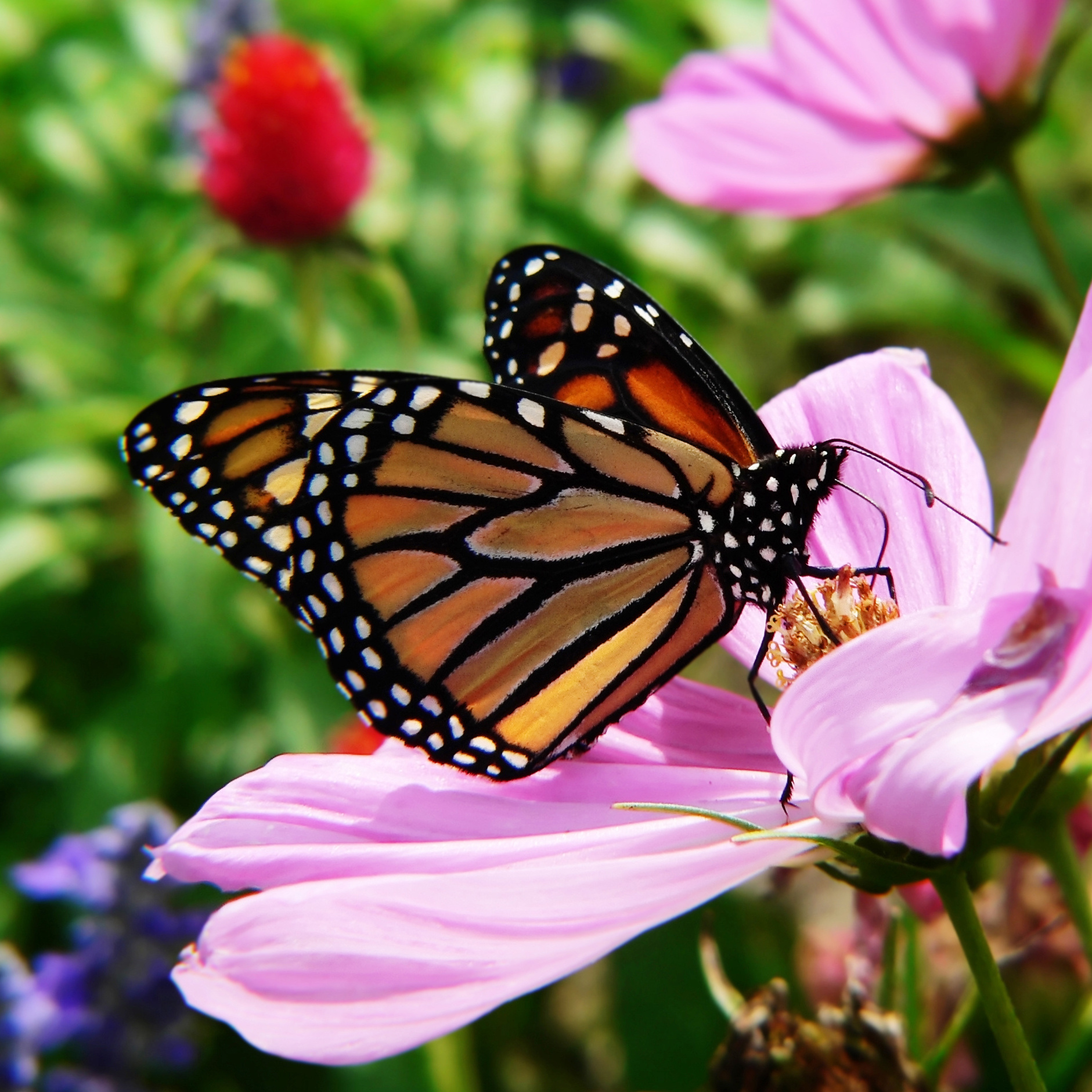
Work At Weston Nurseries!
Are you passionate about people, plants and their care? We’re hiring at Weston Nurseries, with great benefits and pay!
Plan Your Project
The first step in all successful landscaping projects is proper planning. Our step-by-step guide is the perfect starting point for your next landscaping project!
Sizzling Savings!
Weston Nurseries Garden Centers feature weekly specials on select plants at all locations. Check out your favorite store today!
Give A Gift Card!
Looking for the perfect gift for the gardener and plant lover in your life? Weston Nurseries offers gift cards online and in-store!
By The Yard!
Weston’s Own premium mulches & soils, sand, rock and more, all at rock-bottom prices at our By The Yard bulk materials locations!
Sign Up For A Workshop!
Weston has several workshops and seminars scheduled in the upcoming months. They fill up fast, so sign up today!
Work At Weston Nurseries!
Are you passionate about people, plants and their care? We’re hiring at Weston Nurseries, with great benefits and pay!
Plan Your Project
The first step in all successful landscaping projects is proper planning. Our step-by-step guide is the perfect starting point for your next landscaping project!
Visit Our Greenhouses!
Come explore our greenhouses in Hopkinton, Chelmsford and Lincoln for a huge assortment of houseplants, tropical plants and succulents!
Blooms, Brews & BBQs 2024
TICKETS AVAILABLE AT THE GATE!
Join us at Blooms, Brews & BBQs on Saturday September 7, 2024 from 11am to 7pm and help us to raise money for the Jimmy Fund at the Dana Farber Cancer Research Center! You can also sign up for The Jimmy Walk!
Summertime Blooms!
We have a huge supply of plants that are perfect for all types of gardens. Don’t know what to get? Our experts can help answer questions about all of your gardening needs.
Considering A New Walkway Or Patio?
Our Newest Location - Lincoln!
Please be sure to visit our newest store in Lincoln, Massachusetts at the former Stonegate Gardens. It is with great respect and gratitude to our friends at Stonegate Gardens that we will call this beautiful Garden Center our new home.
Visit Our Greenhouses!
Come explore our greenhouses in Hopkinton, Chelmsford and Lincoln for a huge assortment of houseplants, tropical plants and succulents!
Blooms, Brews & BBQs 2024
TICKETS AVAILABLE AT THE GATE!
Join us at Blooms, Brews & BBQs on Saturday September 7, 2024 from 11am to 7pm and help us to raise money for the Jimmy Fund at the Dana Farber Cancer Research Center! You can also sign up for The Jimmy Walk!
Visit Our Greenhouses!
Come explore our greenhouses in Hopkinton, Chelmsford and Lincoln for a huge assortment of houseplants, tropical plants and succulents!
Blooms, Brews & BBQs 2024
Join us at Blooms, Brews & BBQ on Saturday September 7, 2024 from 11am to 7pm and help us to raise money for the Jimmy Fund at the Dana Farber Cancer Research Center!
Summertime Blooms!
We have a huge supply of plants that are perfect for all types of gardens. Don’t know what to get? Our experts can help answer questions about all of your gardening needs.
Considering A New Walkway Or Patio?
Our Newest Location - Lincoln!
Please be sure to visit our newest store in Lincoln, Massachusetts at the former Stonegate Gardens. It is with great respect and gratitude to our friends at Stonegate Gardens that we will call this beautiful Garden Center our new home.
Visit Our Greenhouses!
Come explore our greenhouses in Hopkinton, Chelmsford and Lincoln for a huge assortment of houseplants, tropical plants and succulents!
Blooms, Brews & BBQs 2024
Join us at Blooms, Brews & BBQ on Saturday September 7, 2024 from 11am to 7pm and help us to raise money for the Jimmy Fund at the Dana Farber Cancer Research Center!
Visit our destination garden centers in Hopkinton, Chelmsford, Hingham, and now Lincoln! We are excited to announce the opening of our new store in Lincoln, Massachusetts at the former Stonegate Gardens. It is with great respect and gratitude to our friends at Stonegate Gardens that we will call this beautiful Garden Center our new home.
Click Here for details about our locations and hours.
Shop Weston Nurseries Online
Join Our Mailing List
Don’t miss out on great tips, inspiring photos, and interesting articles. Be the first to receive exclusive updates on sales, events, and horticulture information.
From Our Blog
June Is National Pollinator Month
June 16-22 is Pollinator Week 2025, but we are celebrating pollinators all month long. Now is a great time to...
Read MoreEarly Spring Weeds, Part 2
Spring really does bring out both the good and bad. Here we have another three plants that are not desirable...
Read More









